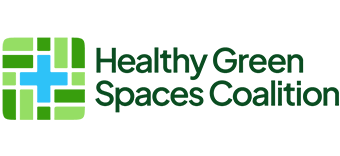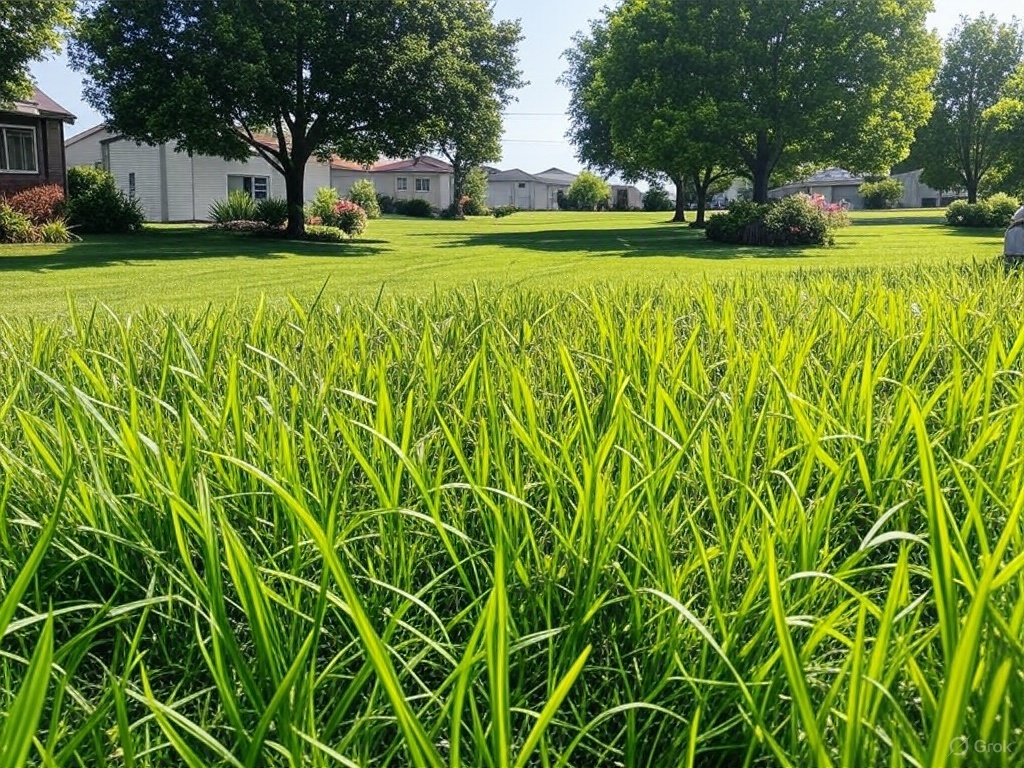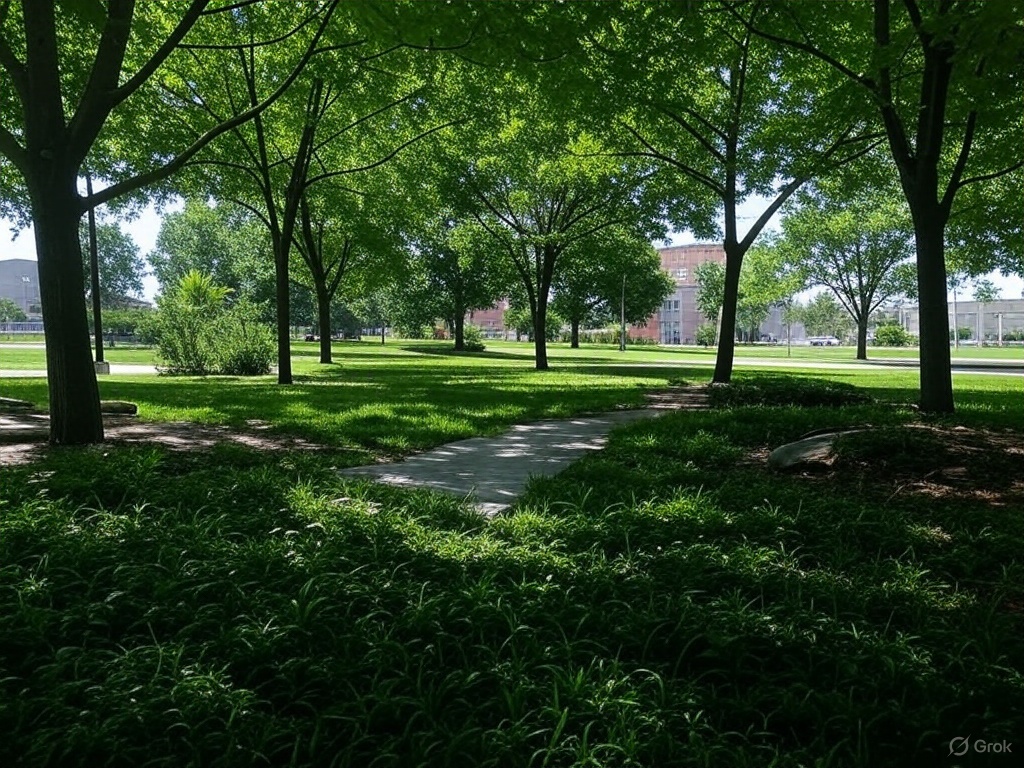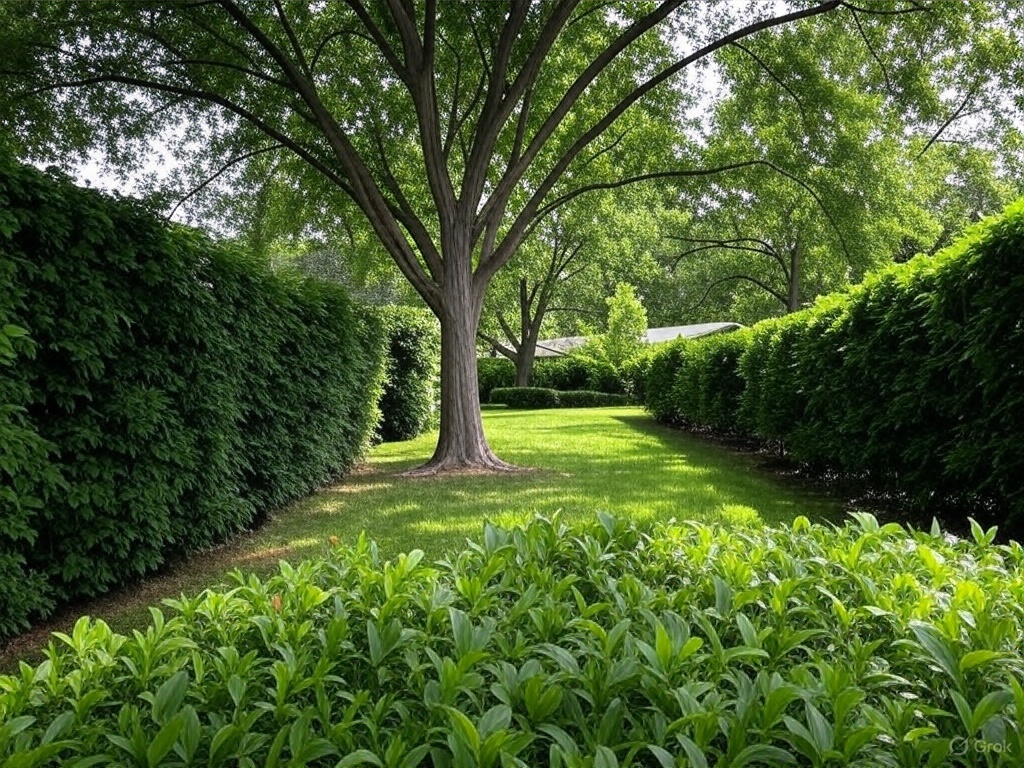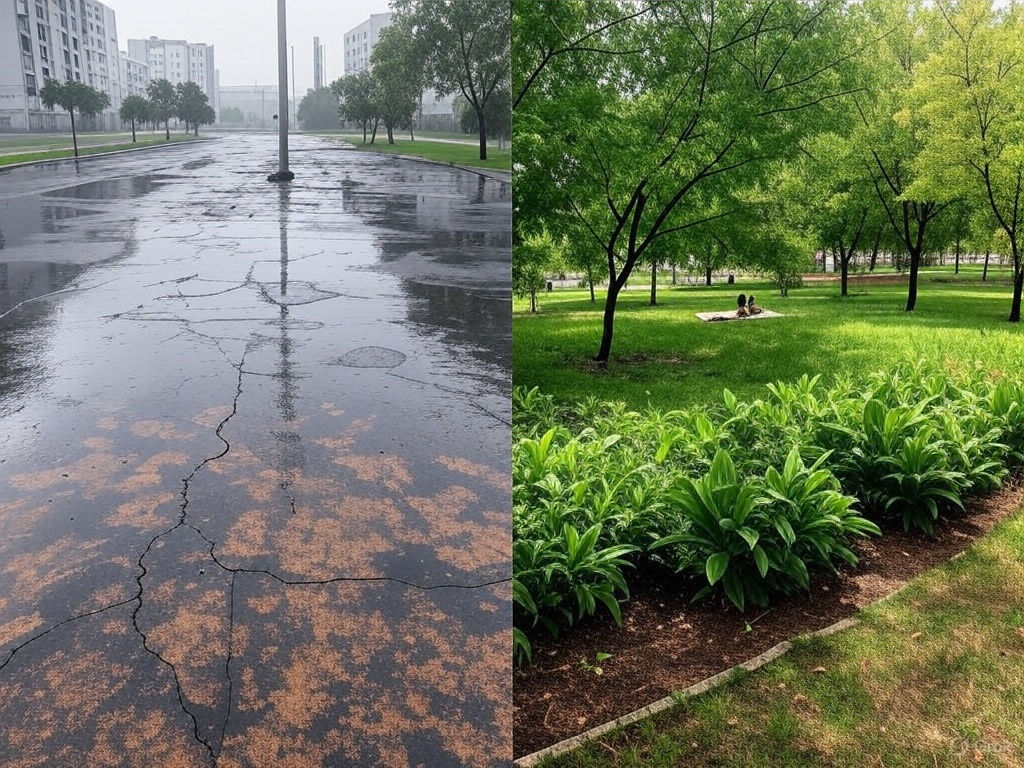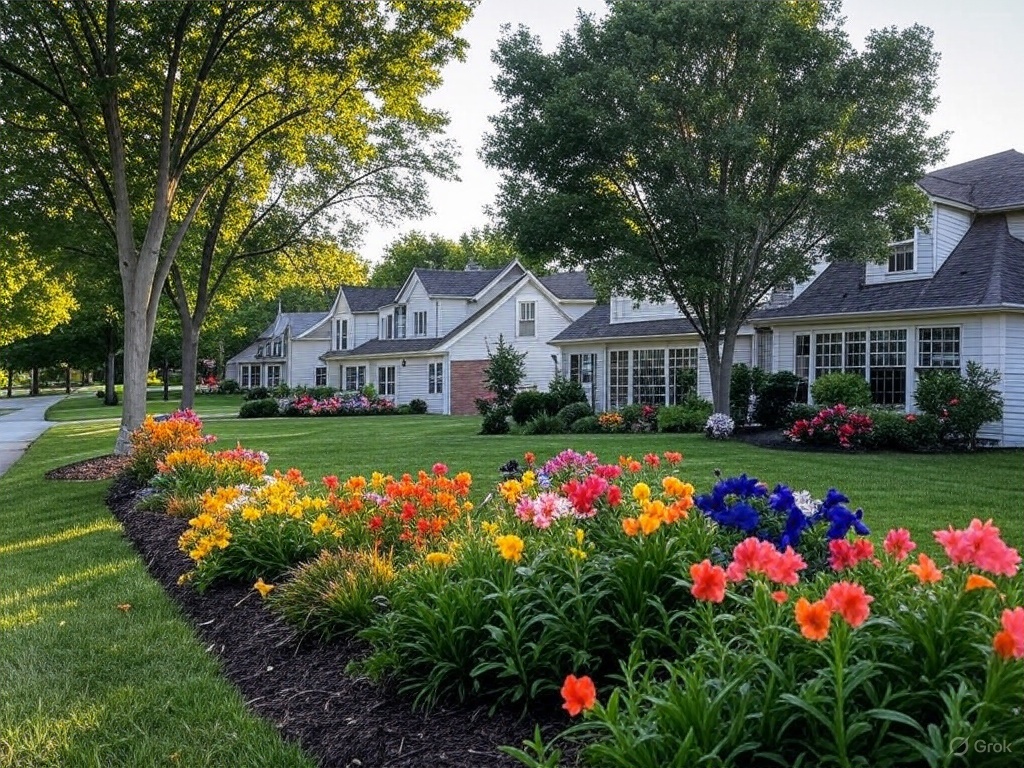Green Space Facts
From cleaner air and cooler temperatures to enhanced social connections and improved mental health, healthy green spaces deliver a wealth of benefits to individuals and communities. Read on to discover just a few of these vital advantages.
